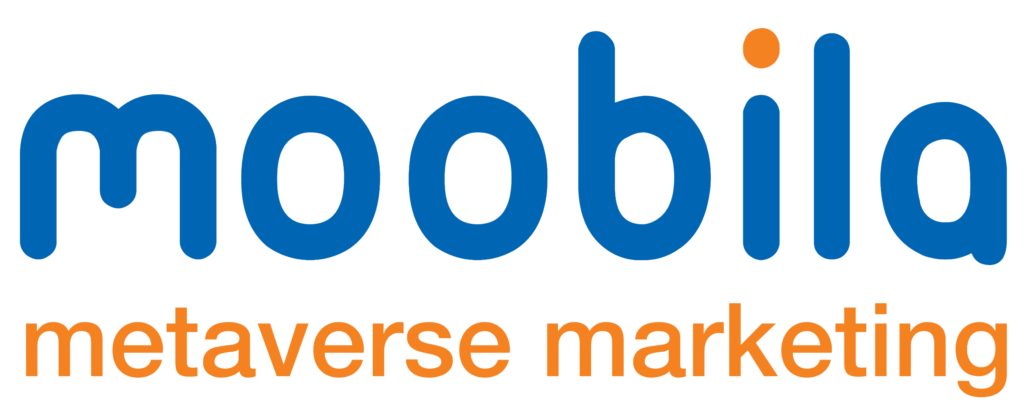In today’s digital age, where users are bombarded with countless apps, websites, and software solutions, standing out from the crowd requires more than just a product that works. It demands a product that provides a seamless, intuitive, and enjoyable experience. This is where User Experience (UX) Design comes into play. Often overlooked, UX design is just as crucial as functionality, and businesses that recognize its importance are the ones that thrive.
Functionality vs. User Experience: Understanding the Difference
Before diving deeper, let’s clarify the distinction between functionality and user experience.
- Functionality refers to what a product does. It encompasses the features, capabilities, and technical aspects of a system. A functional website, for example, allows users to browse products, add items to their cart, and complete a purchase.
- User Experience (UX), on the other hand, refers to how a user interacts with and feels about a product. It encompasses the entire journey, from initial discovery to ongoing use. A positive UX is characterized by ease of use, efficiency, and satisfaction.
While a product must be functional to be viable, functionality alone is no longer sufficient. Users expect more. They want products that not only work well but also feel good to use.
Why UX Design Matters
Here’s why investing in UX design is crucial for success:
- Increased User Satisfaction: A well-designed UX anticipates user needs and provides a smooth, intuitive experience. This leads to higher user satisfaction, which translates into increased loyalty and positive word-of-mouth.
- Improved Conversion Rates: A clear and streamlined user journey can significantly improve conversion rates. By removing friction points and guiding users toward desired actions (e.g., making a purchase, or signing up for a newsletter), UX Design can directly impact your bottom line.
- Reduced Development Costs: Investing in UX research and Design early in the development process can help identify potential usability issues and prevent costly rework later on.
- Enhanced Brand Reputation: A positive UX contributes to a positive brand perception. When users enjoy interacting with your product, they are more likely to view your brand favorably and recommend it to others.
- Competitive Advantage: In a crowded marketplace, UX can be a key differentiator. A product with a superior user experience will stand out from the competition and attract more users.
- Better SEO ranking: Search engines consider user experience as a ranking factor. If a website has good UX, it will rank higher in search results.
Key Elements of Effective UX Design
Effective UX Design involves a combination of several key elements:
- User Research: Understanding your target audience is paramount. This involves conducting user interviews, surveys, and usability testing to gather insights into their needs, goals, and pain points.
- Information Architecture: Organizing and structuring content in a clear and logical manner is essential for usability. A well-defined information architecture helps users find what they need quickly and easily.
- Interaction Design: This focuses on how users interact with a product. It involves designing intuitive interfaces, clear navigation, and effective feedback mechanisms.
- Usability Testing: Testing your Design with real users is crucial for identifying usability issues and ensuring that your product is easy to use.
- Visual Design: While not the only component of UX, visual Design plays a significant role in creating a positive user experience. Aesthetically pleasing visuals can enhance engagement and create a sense of polish.
The ROI of UX: Demonstrating the Value
While the benefits of UX Design are clear, demonstrating the return on investment (ROI) can be challenging. Here are some metrics you can track to measure the impact of your UX efforts:
- Conversion Rates: Track the percentage of users who complete desired actions, such as making a purchase or signing up for a newsletter.
- Bounce Rate: Monitor the percentage of users who leave your website after viewing only one page. A high bounce rate may indicate usability issues.
- Time on Task: Measure the amount of time it takes users to complete specific tasks. A well-designed UX should reduce the time required to complete tasks.
- Customer Satisfaction (CSAT) Scores: Collect feedback from users about their satisfaction with your product.
- Net Promoter Score (NPS): Measure the likelihood of users recommending your product to others.
- Support Tickets: Track the number of support tickets related to usability issues. A well-designed UX should reduce the number of support requests.
Functionality and Design
| Feature | Functionality | User Experience |
| Search Bar | Returns relevant search results | Autocomplete suggestions, filters, clear visual hierarchy in search results |
| Checkout | Processes payments and completes orders | Streamlined process, clear error messages, multiple payment options |
| Mobile App | Provides access to features on mobile devices | Intuitive navigation, responsive Design, optimized for touch |
| Contact Form | Allows users to submit inquiries | Easy-to-find, clear instructions, confirmation message |
| User Account | Allows users to manage their profile and preferences | Simple interface, clear options, personalized settings |
Summing it Up
In the modern digital landscape, prioritizing UX design is not merely an option but a necessity for sustained success. While functionality lays the groundwork for a product’s capabilities, UX Design shapes the user’s perception, satisfaction, and loyalty. By investing in UX research, usability testing, and thoughtful design, businesses can create products that not only meet user needs but also exceed their expectations.
The result is increased user satisfaction, improved conversion rates, enhanced brand reputation, and a significant competitive advantage. Embracing this approach, companies like Moobila, with their expertise in user-centric design and innovative digital solutions, are well-positioned to help businesses thrive in the user-centric era.



